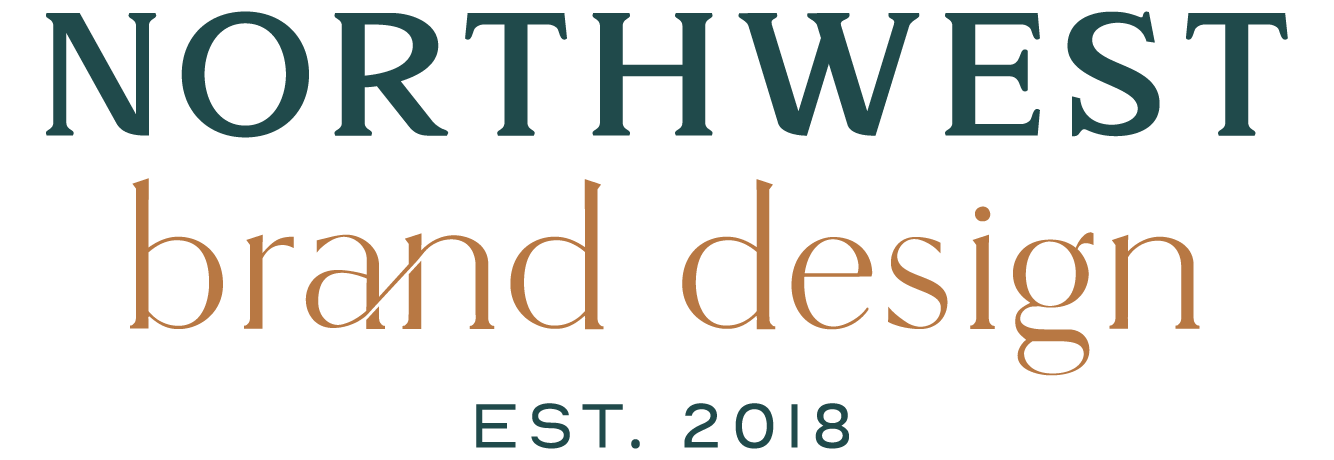User Experience (UX) Principles
What is User Experience (UX) Design?
User experience (also known as “UX”) is how someone interacts and engages with an experience or product.
Simply speaking, engaging with “human factors”— like sensory cues and emotional connections– is the basis of user experience design. Another consideration is routine—or how the majority of users already interact with a product or service in their daily lives. While UX design is mostly associated with digital design, it is important not to overlook it when it comes to projects using print techniques as well. In fact, most principles of user experience design originated from print techniques used in the 20th century.
An example of capitalizing on one of these human factors is the sense of touch. When you pick up a product in a store, how does the texture feel? Is it rough and tactile? This could connect to a product that is all natural, organic, and homemade. Or is it smooth and soft? This sleek feeling could lend itself nicely to a luxury product (think the box that your new smartphone comes in).
In a digital context, you can mimic the feeling of touch by implementing cues when a user scrolls over (or digitally touches) a button or important callout. Hovers, animations, accordions, and scroll reveals are all examples of using this sense in a digital space to optimize the user experience.
Hover your mouse or press your finger over the button below for an example:

There are 7 core principles of UX design that should be applied to print and digital designs:
1. User-Centricity
User-centricity means putting the user’s needs first. Consider your audience, and base your design decisions around what you know about them– how do they typically interact with a space or product, and what cues do they need to get the result that a business is looking for?
2. Consistency
Designs should be consistent in terms of how they look and function, AND with what the market standards are for the platform you’re designing in. For example, the hamburger menu in the corner of a mobile site or app that opens the navigation. Being consistent with your user’s expectations will yield a preferred experience and make using your design enjoyable.
3. Hierarchy
Hierarchy is the system that the designer establishes to convey the importance of information in the platform. For example, more important elements might be placed on top of the page, or have larger text accompanying a graphic to draw the user’s attention. Using different colors, or even a motion graphic in a digital platform, can also accomplish this. Hierarchy assists the user in navigating the product and ensures that they can easily find the information they need.
4. Context
When designing, it is important to understand the user in context to how they use your product. This principle considers the circumstances of where, when, and how your design will be used, and works around them. For example, would the user be seeing your design in a high-traffic, loud, environment? If so, you might want to consider using cool, calming, colors, or engaging the use of negative space to make information airy and pleasing to look at.
5. User Control
The principle of user control is centered around helping users to avoid or correct errors without throwing the entire experience into chaos. Adding clear “cancel,” “exit,” or “undo” buttons or wayfinding signs will give the user control over reverting or resolving a particular action, and get them back in the preferred designed experience.
6. Accessibility
Probably the MOST discussed element of UX design is Accessibility. What it boils down to, is basically ensuring that your product is able to be used by as many people as possible, and understanding how different folks could use your product. An example of this is using high contrast color palettes in a design to ensure that the information is easily seen by those with visual impairments. This guide of ADA (American Disabilities Act) standards is a good jumping off point for items to consider for accessibility.
7. Usability
Usability is a benchmark of how usable a design is. Are people able to navigate through the product with ease? If so, then the design has high usability. In this principle, it is important to consider 5 factors: high learnability, high efficiency, high memorability, low occurrence of errors, and high satisfaction. If you meet these criteria, you will have a successful product.
As part of this principle, it is important to incorporate user testing to your process prior to launching a new product. This will identify errors and allow you time to fix them before the design goes live.
How We Can Help
User Experience (UX) design is all about prioritizing the experience over the aesthetics– however, a good designer is able to accomplish one without sacrificing the other. Our team of experts have experience in designing comprehensive, beautiful, and ADA compliant work. Contact us to learn how we can take your project to the next level.




